The story of Merlin, the powerful wizard and trusted advisor of King Arthur, has captivated people’s imaginations for centuries. Often regarded as a fictional character born from medieval tales, researchers and scholars have long been searching for any kind of evidence to prove his existence. While most efforts have been futile, researchers in Scotland have recently discovered something that could shed light on the mystery surrounding the legendary wizard.
Merlin the Wizard
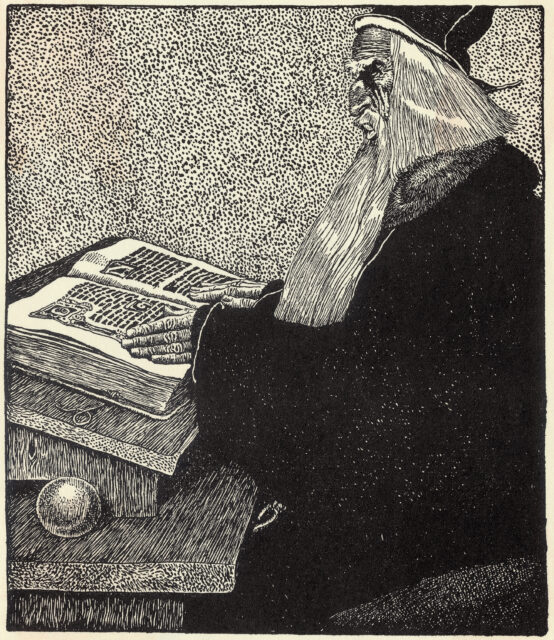
Merlin, a legendary wizard in Arthurian mythology, is believed to have served as a key advisor to King Arthur. Depicted as a master of magic and prophecy, Merlin’s character is a complex blend of ancient druidic traditions and early Christian elements, with his origins being shrouded in mystery. Whether he was real or not is still up for debate, with various accounts suggesting he was born of a mortal woman and a supernatural being. However, throughout Arthurian legend, Merlin is portrayed not only as a mentor to King Arthur but also as a figure of great power, wisdom, and, sometimes, tragic foresight.
Did he truly exist?
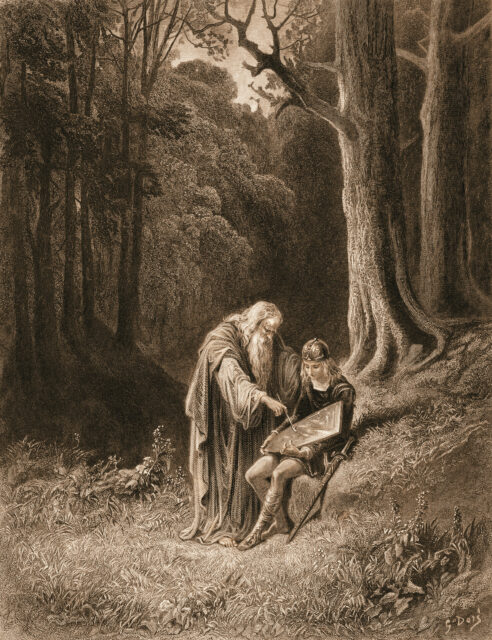
Despite his prominent role in Arthurian legends, the question of Merlin’s existence remains a topic of debate among historians and scholars. There is no concrete evidence to confirm that Merlin was a real historical figure, and he is widely believed to be a composite character inspired by several individuals and ancient Celtic myths. Over time, the tales of Merlin have been embellished and adapted, blurring the lines between history and legend. However, a new discovery may have just changed that.
A new discovery in Scotland
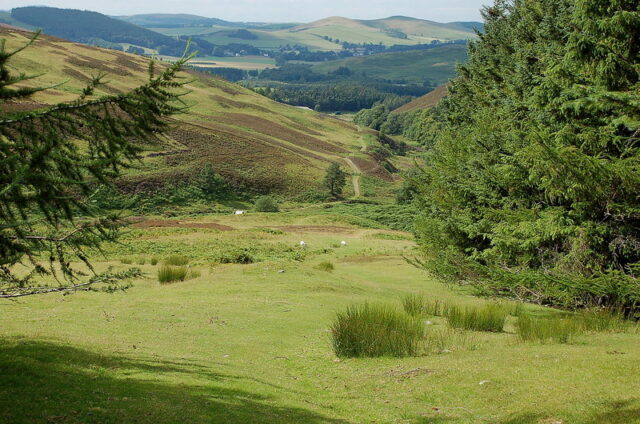
The results of a two-year archaeological study in Drumelzier were recently published in Archeology Reports Online, revealing the discovery of evidence of Merlin’s death between the 6th and 7th centuries. According to the Vita Merlini Silvestris (The Life of Merlin of the Forest), at the end of his life, Merlin was imprisoned, killed, and buried along the river Tweed. A geological survey of the area identified a grave-like pit that researchers have linked to Merlin’s tale.
Exploring the area
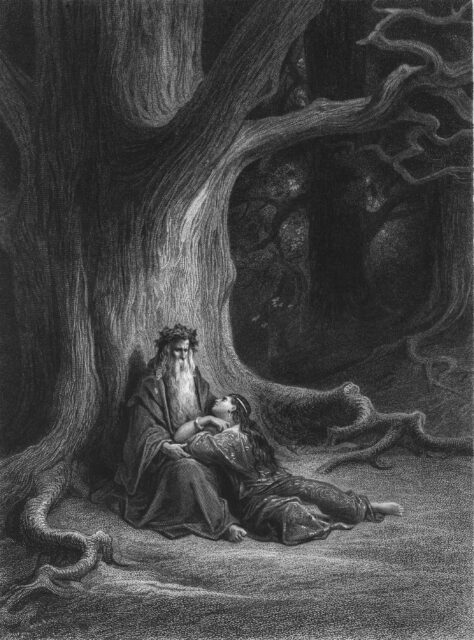
Exploring the area further, archaeologists were able to discover signs of inhabitation during the period Merlin was said to have lived. Lead researcher and CEO of GUARD Archaeology in Glasgow, Ronan Toolis, explained how, “The Drumelzier legend contains pre-Christian customs, ancient Cumbric names and was associated with local sites where archaeology now shows could credibly have given rise to the story.” He said that a prominent grave site such as this in the area would have been “quite rare” for the time in which is was dated. “It seems to be a remarkable coincidence that the one hillfort associated with this local legend dates to exactly the same time as the story is set,” he said.
The discovery does not necessarily confirm Merlin’s existence
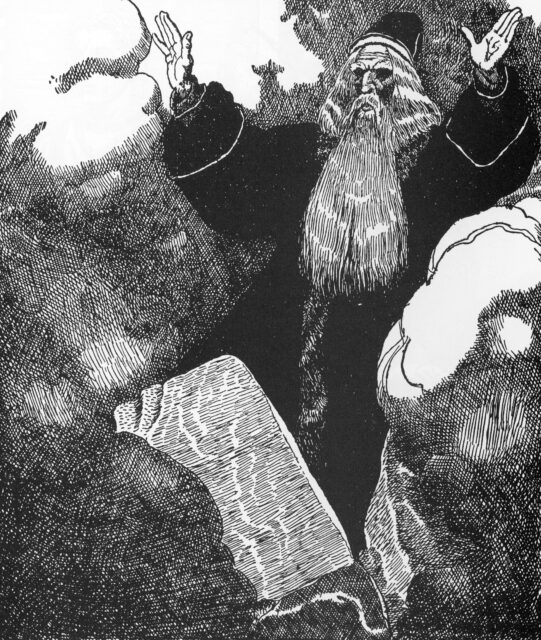
While this may seem like conclusive evidence of his existence, that is not quite the case. “The new archaeological evidence does not prove that the local story was true but instead demonstrates that the legend likely originated in Drumelzier itself, rather than being brought here by a wandering medieval storyteller who roped in various random sites in the vicinity,” Toolis explained. “Perhaps it originated as a folk memory, to be embellished over the centuries before it spread far and wide and changed out of almost all recognition.”
More from us: Researchers Make ‘Jaw-Dropping’ Discovery About Stonehenge
Instead, Toolis believes that it helps “[to paint] a much darker picture of who Merlin was. As he described it, “That of a rather pitiful fellow prone to uttering nonsensical riddles and bewildering prophecies, and kept prisoner by an obscure petty tyrant of a forgotten kingdom, before dying a gruesome death, the victim of royal intrigue.”
